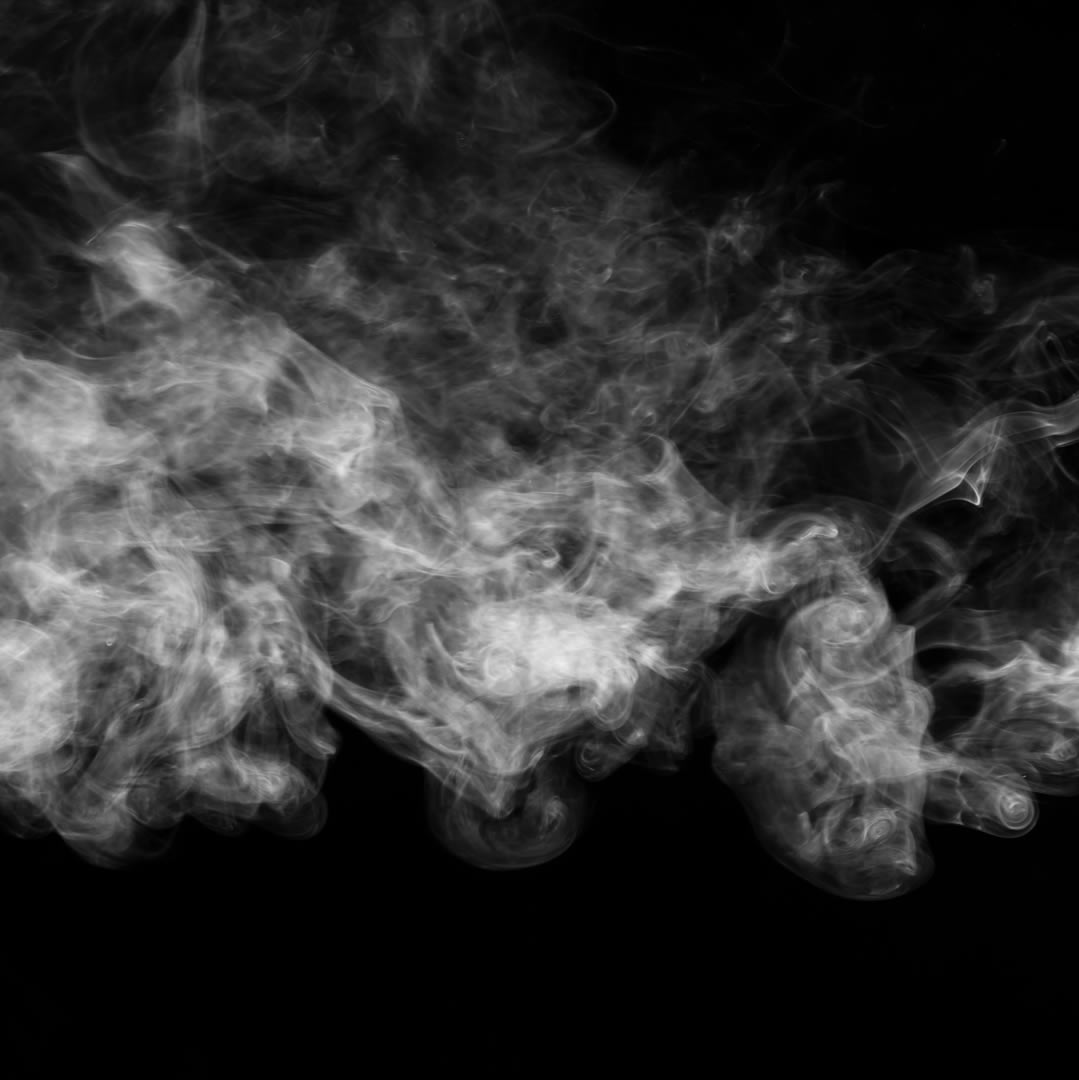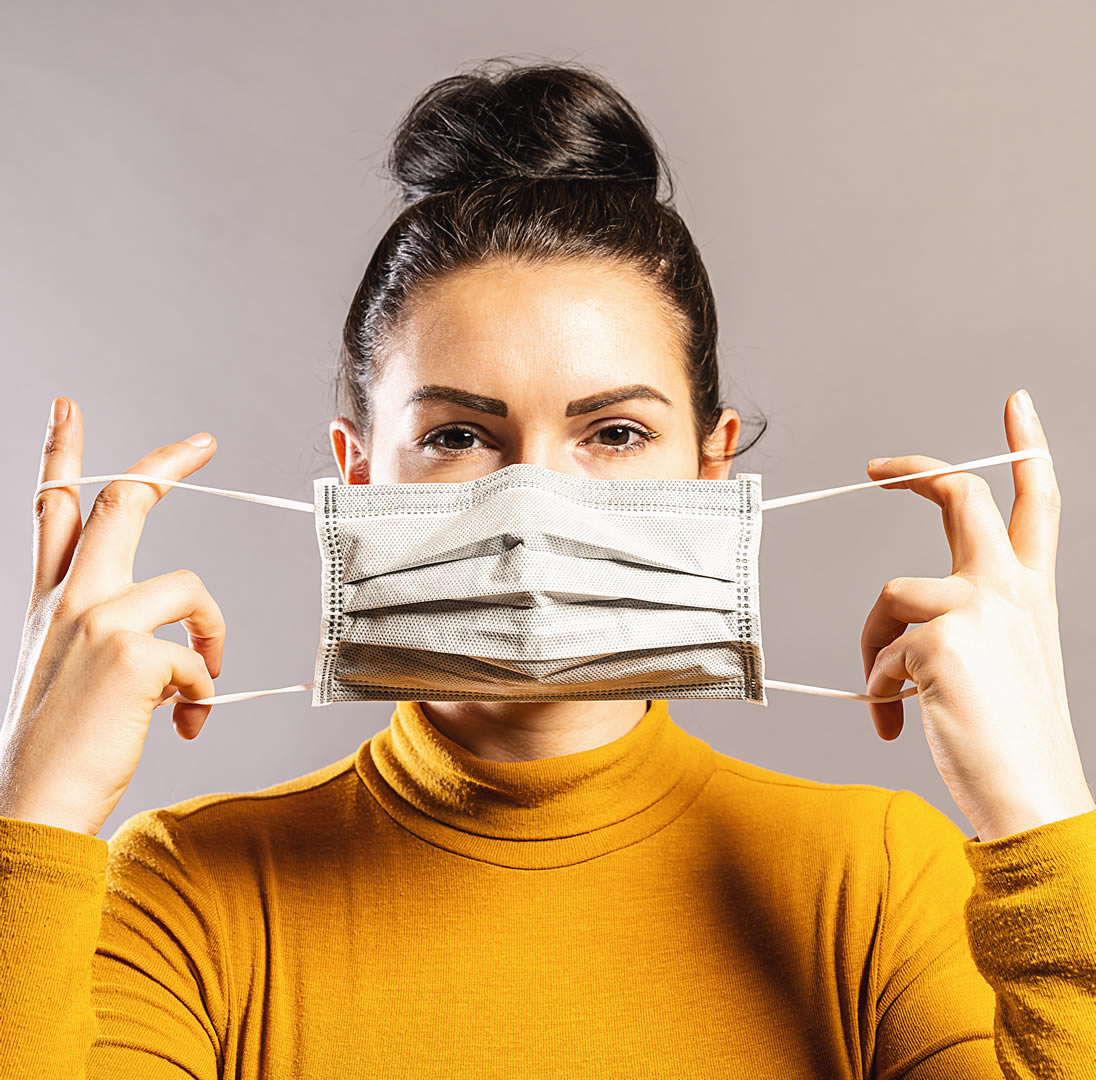According to the CDC, about 35 percent of infected people have no symptoms at all. If they are out and about, they could unknowingly infect other people.
SARS-CoV-2 Infections in Arizona
Cases of COVID-19 have been on the rise in Arizona. View the Arizona Health Department’s Covid-19 Dashboard for updated reports of new infections, deaths and tests.
The Silent Spread with Airborn Transmission
Evidence suggests that SARS-CoV-2 is silently spreading in aerosols exhaled by highly contagious infected individuals with mild or no symptoms while breathing and speaking.
An infected person talking for five minutes in a poorly ventilated space can produce as many viral droplets as one infectious cough. — New York Times 3-D Simulation.
Aerosols can accumulate, remain infectious in indoor air for hours, and be easily inhaled deep into the lungs. It is particularly important to wear masks in locations with conditions that can accumulate high concentrations of viruses, such as offices, restaurants, grocery stores, airports and other crowded places with reduced ventilation.

The distance from a smoker at which one smells cigarette smoke indicates the distance in those surroundings at which one could inhale infectious aerosols. Reducing transmission of SARS-CoV-2, Science 27 May 2020.
Mask Wearing
Although public health authorities gave confusing and often contradictory advice in the early months of the pandemic, the CDC and most experts now agree that if everyone wears a mask, individuals protect one another. Masks provide a critical barrier, reducing the number of infectious viruses in exhaled breath, especially of asymptomatic people and those with mild symptoms.
- Studies have shown that flat, blue surgical masks block between 50 to 80 percent of particles
- Cloth masks block 10 to 30 percent of tiny particles.
- High-grade N95 masks are cleared by federal public health agencies because they filter out at least 95 percent of particles that are 0.3 microns in diameter when properly worn
Here are a few face mask precautions:
- Don’t put masks on anyone who has trouble breathing, or is unconscious or otherwise unable to remove the mask without help.
- Don’t put masks on children under 2 years of age.
- Don’t use face masks as a substitute for social distancing.

Face masks combined with other preventive measures, such as frequent handwashing and social distancing, help slow the spread of the disease. The CDC recommends that you stay at least 6 feet (about 2 arms’ length) from other people.
NOTE: Wash homemade cloth masks after every use. When removing, be careful not to touch your eyes, nose, and mouth. Wash hands immediately after removing.






